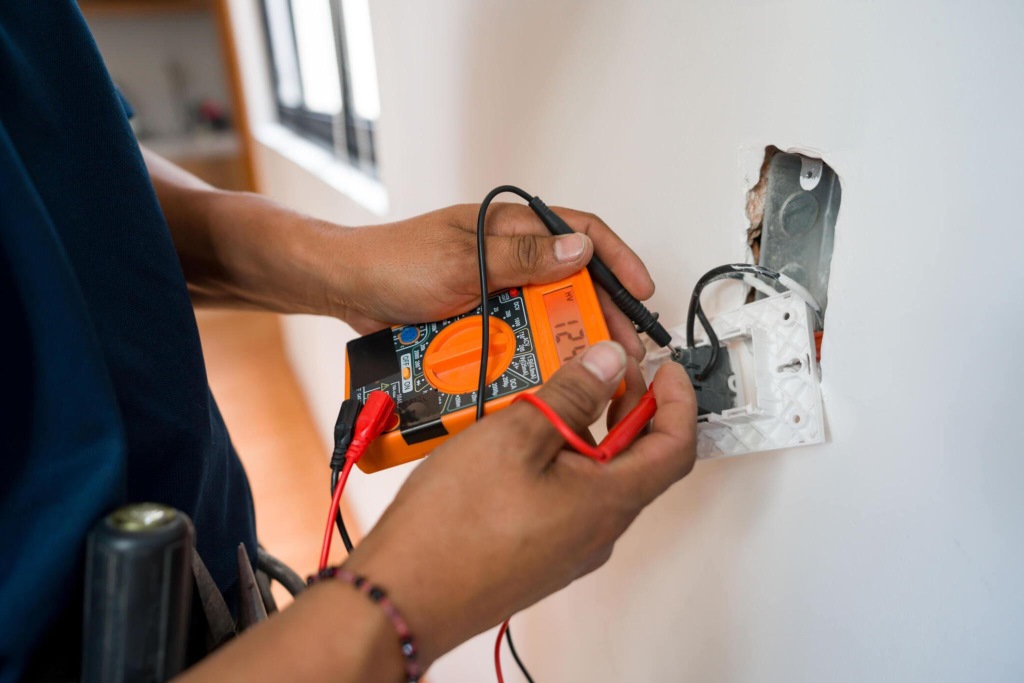In an age where technological advancements are revolutionizing the way we live, residential electrical installations are no exception.
The safety and compliance standards associated with these installations have evolved significantly, driven by a combination of regulatory requirements, technological innovations, and a growing awareness of the importance of electrical safety within homes.
This article delves into the modern trends shaping residential electrical installation practices, emphasizing the paramount importance of safety and compliance.
An Overview of Residential Electrical Installations
The residential electrical installation landscape has undergone profound changes in recent years. With the proliferation of smart homes, renewable energy systems, and electric vehicle charging stations, the demands placed on residential electrical systems have grown exponentially.
Consequently, ensuring the safety and compliance of these installations has become more critical than ever before. In this dynamic environment, Paxos Electric Company, LLC is at the forefront, providing innovative solutions to meet the evolving needs of residential properties.
Enhanced Safety Measures
One of the most significant trends in modern residential electrical installation is the implementation of enhanced safety measures. This includes the adoption of advanced circuit protection devices such as arc fault circuit interrupters (AFCIs) and ground fault circuit interrupters (GFCIs).
AFCIs are designed to detect and mitigate the risk of electrical fires caused by arcing faults, while GFCIs protect against electrical shocks in wet environments such as bathrooms, kitchens, and outdoor areas. The integration of smart technology into residential electrical systems has introduced additional layers of safety.
Smart devices such as smoke detectors, carbon monoxide detectors, and leak detection sensors can now be seamlessly integrated into the electrical infrastructure of a home, providing real-time monitoring and alerts in the event of potential hazards.
Compliance with Regulations and Standards
Ensuring compliance with relevant regulations and standards is non-negotiable when it comes to residential electrical installations. Building codes, electrical codes, and industry standards dictate the minimum requirements for the design, installation, and maintenance of electrical systems in residential buildings.
Keeping abreast of these regulations is essential for electrical contractors, builders, and homeowners alike. There has been a concerted effort to update and harmonize these regulations to reflect technological advancements and emerging safety concerns.
For example, the National Electrical Code in the United States undergoes regular revisions to address evolving electrical practices and technologies. Similarly, international standards organizations such as the International Electrotechnical Commission (IEC) continuously update their standards to ensure global consistency in electrical safety requirements.
Integration of Renewable Energy Systems
The increasing focus on sustainability and environmental stewardship has led to a rise in the integration of renewable energy systems into residential properties. Solar photovoltaic (PV) systems in particular have gained popularity as a clean and renewable source of electricity for homes.
However, the installation of these systems requires careful consideration of electrical design principles, safety protocols, and regulatory requirements. Modern trends in residential electrical installation emphasize the seamless integration of renewable energy systems with existing electrical infrastructure.
This includes optimizing the placement and orientation of solar panels, ensuring compatibility with grid-tied or off-grid configurations, and implementing robust safety measures such as rapid shutdown devices and overcurrent protection.
Adoption of Energy Management Solutions
Energy management solutions play a crucial role in optimizing the efficiency and performance of residential electrical systems. These solutions leverage smart technology to monitor, control, and optimize energy usage within a home, resulting in cost savings for homeowners and reduced strain on the electrical grid.
One notable trend is the proliferation of smart meters and advanced energy monitoring devices, which provide real-time insights into energy consumption patterns and trends.
This empowers homeowners to make informed decisions about their energy usage, identify opportunities for efficiency improvements, and even participate in demand response programs to alleviate pressure on the grid during peak periods.
Furthermore, the integration of home energy storage systems, such as lithium-ion batteries, allows homeowners to store excess energy generated from renewable sources like solar panels for use during periods of high demand or grid outages. This enhances energy resilience and contributes to the overall stability of the electrical system.
Electrification of Transportation
The electrification of transportation represents a significant paradigm shift in residential electrical installation trends. With the growing popularity of electric vehicles (EVs), homeowners are increasingly installing dedicated charging stations on their properties to facilitate convenient and efficient charging.
Modern residential electrical installations must account for the additional load requirements associated with EV charging stations. This includes ensuring adequate electrical capacity, implementing proper grounding and bonding practices, and complying with relevant codes and standards governing EV charging infrastructure.
Furthermore, advancements in charging technology such as bidirectional EV charging capabilities and smart charging algorithms are shaping the future of residential EV charging.
These innovations not only improve the efficiency and convenience of charging but also enable vehicle-to-grid (V2G) integration, allowing EVs to serve as distributed energy resources and participate in grid-balancing initiatives.
Conclusion
As residential electrical installations continue to evolve in response to technological advancements and shifting societal priorities, ensuring safety and compliance remains paramount.
Modern trends in residential electrical installation emphasize enhanced safety measures, compliance with regulations and standards, integration of renewable energy systems, adoption of energy management solutions, and the electrification of transportation.
By embracing these trends and leveraging innovative solutions, electrical contractors, builders, and homeowners can create safer, more efficient, and more resilient homes for the future.




